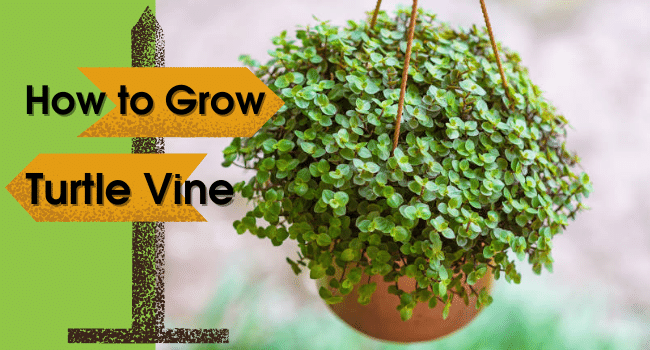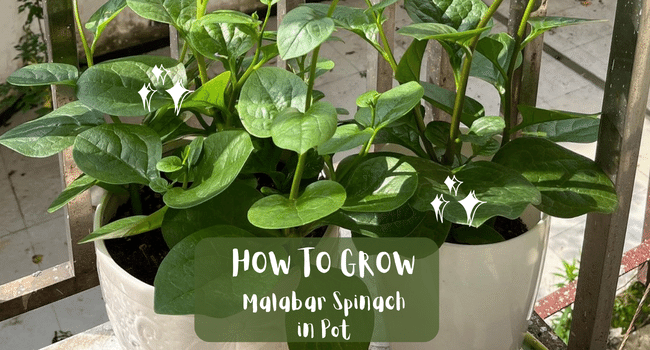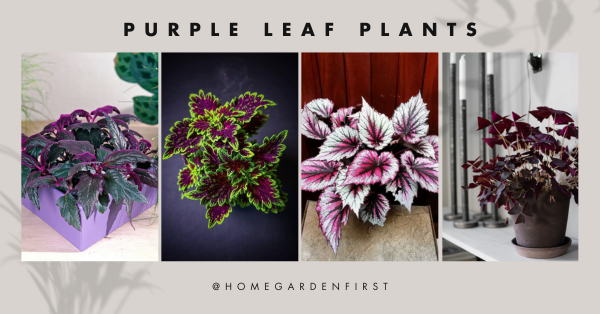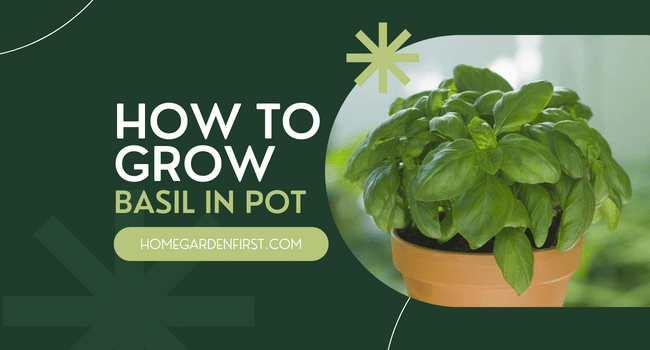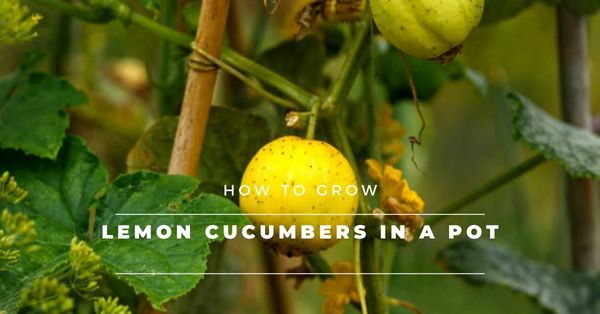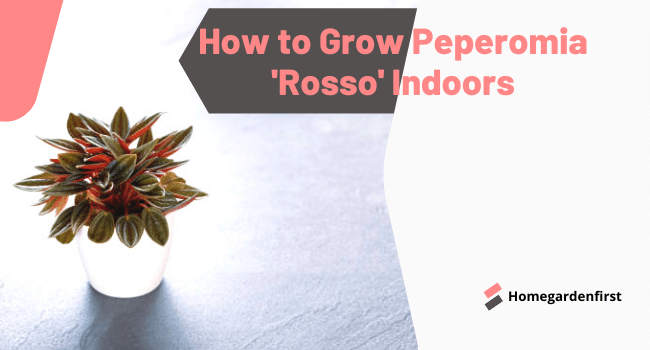Lemon Bee Balm | All about Growing & Caring for Lemon Bee Balm
Lemon Bee Balm is an ideal plant for novice gardeners to get entry into the gardening world. We discuss all about growing and caring for Lemon Bee Balm in this post.

Lemon Bee Balm is prized for its forgiving nature and can even give cacti run for its money when it comes to low-maintenance plants. The thin and long lance-shaped leaves spread a citrous or lemonish fragrance when they are crushed between the fingers. Blooming from spring to late summer, its striking flowers are stacked over one another and create a display of lavender hues worth remembering. The blooms attract pollinators such as hummingbirds and bees to the garden. Growing to just two feet in height, it’s easy to find a place for Lemon bee Balm both in-home and garden. Learn all about growing Lemon Bee Balm by going through this post!
Scientific Name: Monarda citriodora
Common Names: Lemon Beebalm, Purple Horsemint, Lemon Mint, Plains Horsemint, Lemon Horsemint, Horsemint, Purple Lemon Mint
How to Grow Lemon Bee Balm
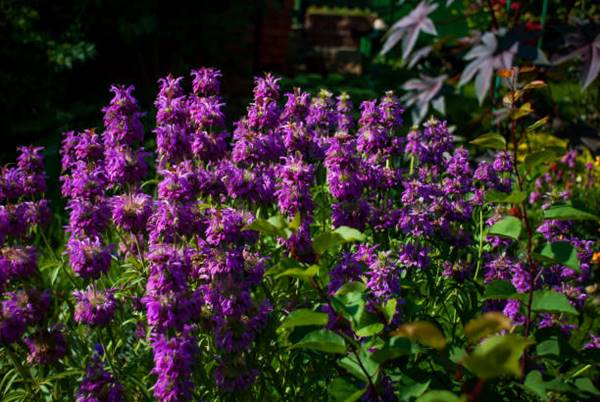
Grow Lemon Bee Balm outdoors or preferably at windowsills indoors where it’s exposed to direct light. It forgiving to low watering spells still keep the soil moist, especially in summers. Rocky, clayey, loamy, and sandy any soil type will work for Lemon bee balm.
Propagating Lemon Bee Balm
You can propagate lemon bee balm either from seeds or through division if you own the plant. Fall or early spring is the ideal time for planting seeds. Sprinkle the seeds over the topsoil and lightly tap them, making sure that the soil is loose. Within no time, the shoots will start to grow, which you can transplant to the pot or in the backyard.
There is no need to plant the seeds again next year as Lemon Bee Balm is self-seeding. Come fall, the flowers will die, set seeds, and give birth to new Plants in no time.
Choosing the Container
If you plant to grow this plant in a container, go for a pot that’s at least 4-6 inches in depth and width. You can choose any material but make sure the pot has drainage holes at the bottom.
Location
Locate it at a spot where it receives full sun for at least 6-8 hours. It can tolerate a bit of shade, but direct light is needed for vibrant blooms and vigorous growth. In the indoor space, ideal spots include a well-lit balcony or south-facing windows. Relocate the container to a more lit area if you feel the plant is lacking growth.
Soil
The good thing about this herb is that it isn’t choosy when it comes to soil. It can grow in rocky soil, clayey soil, sandy soil, and even in soil that’s rich in limestone. Unlike most herbs that prefer well-draining soil, it does well in soil with high clay content. There is no need to fret about the soil as it grows well, even in poor soil!
Watering
Keep the soil moist in the initial days; once the plant is established, it has medium to low watering needs. It’s drought-tolerant, so there won’t be a heavy toll on the health of the plant because if you have a forgetful nature. An ideal way to water is to check when the soil becomes dry an inch or two below the surface before watering. It doesn’t like wet feet, so do not overwater, especially during winters!
Lemon Bee Balm Care
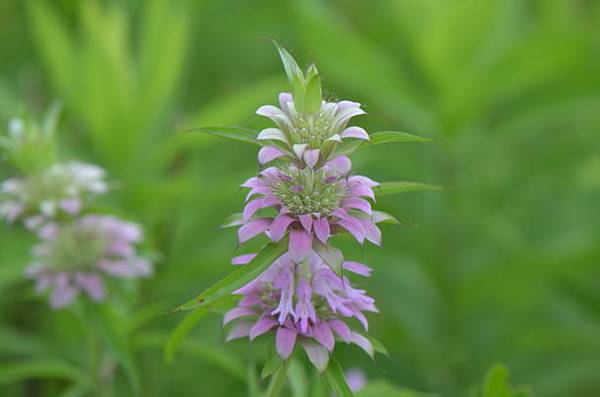
Fertilizing
There is no needs to fertilize this plant as it grows well, even in poor soil. However, you can organically amend the soil by adding banana peels or fish emulsion.
Harvesting
For best flavor, harvest the leaves before the flower buds open at the start of the spring. You can either snip off the fresh leaves by pinching the foliage with your thumb and forefinger or with the help of scissors. It has many culinary uses and can also be used in herbal teas, which gives relief in cold and cough.
Pests & Diseases
You’ll hardly find pests lurking near this plant, and it generally remains pest-free. If you see common garden pests such as aphids, mites, scales causing trouble, handpick them or give your plant a thorough wash. Be on the lookout for powdery mildew and spray fungicide solution over the foliage if you observe white powdery spots over the leaves and stems.
